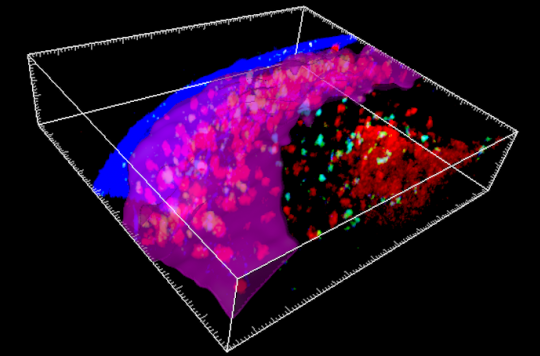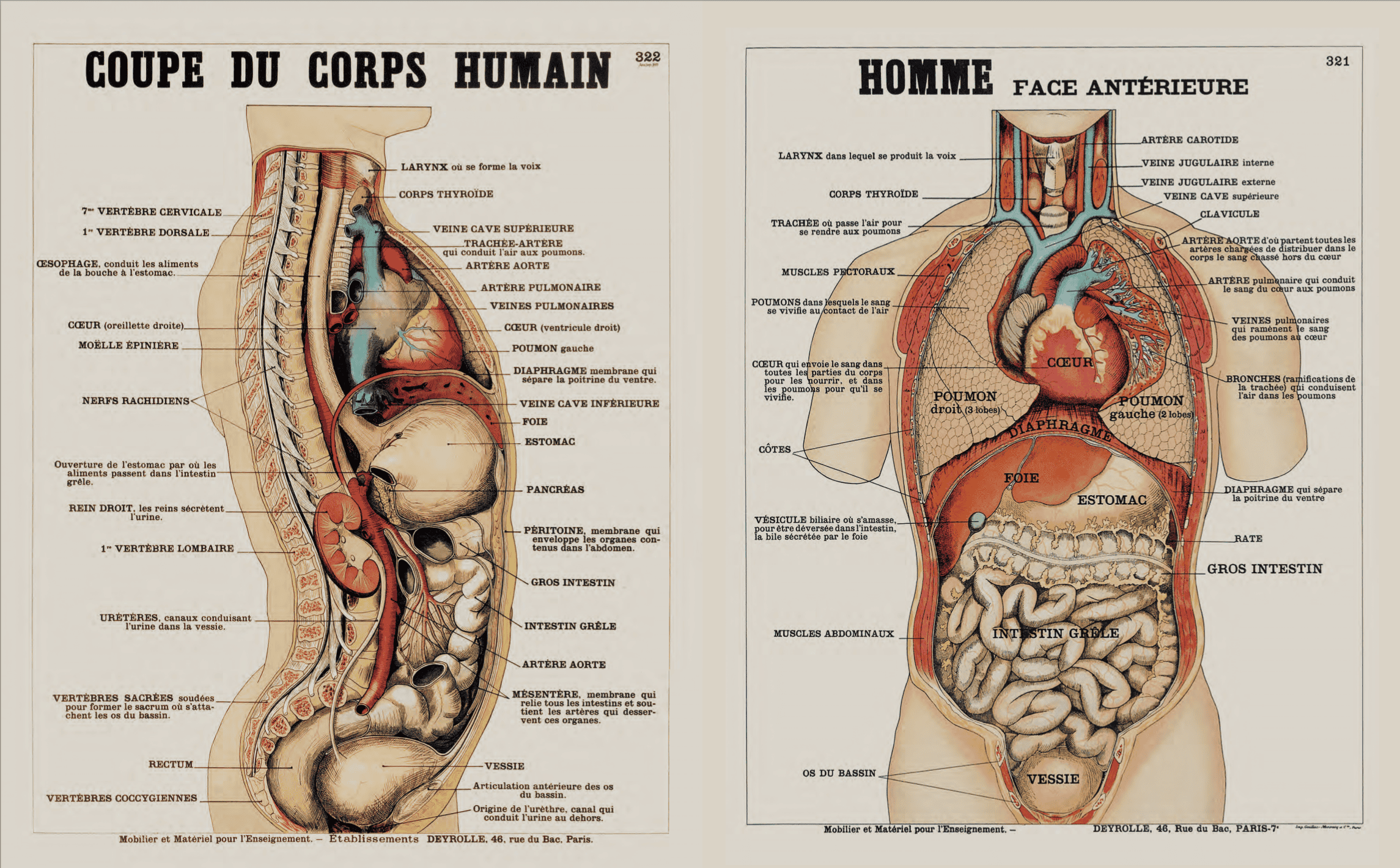Located outside the lymph nodes, this micro-organ has a role in the functioning of the immune system.

The human body has not finished revealing all its secrets. Researchers from the Garvan Institute in Australia discovered a micro-organ in the human body and in that of mice. It contributes to the functioning of the immune system. This scientific discovery was published on the website of Nature Communications.
It’s not every day you find a new structure in the body ???? #SPF #immunesystem #vaccines #fastresponse https://t.co/WGAdL7IiE7 pic.twitter.com/s8yXZAhAmu
– Garvan Institute (@GarvanInstitute) Aug 22, 2018
An organ located in the lymph nodes
By observing the immune system of a mouse using 3D microscopy, the researchers discovered the micro-organ: they are “thin and flat structures” attached to the lymph nodes and now called “subcapsular proliferation foci” (SPF) . Immune cells come together inside SPFs to work against a pathogen, which the body has struggled against before. It contains memory type B immune cells, which give information to the immune system to fight an infection. Also present in the human corns, this organ would function as a kind of crisis center, from which the reactions of the immune system start in the event of attack by a pathogenic agent.
Improve vaccines
“It’s a structure that has always existed,” said Tri Phan, one of the lead authors of this study. “No one had seen it yet. It’s a remarkable reminder that there are still mysteries hidden within our bodies – even though we scientists have been examining tissue under a microscope for over 300 years.” According to scientists, this late discovery could be linked to the methods used: often it is 2D images that are studied, yet they do not allow the detection of this micro-organ, which is too fine. Another possible explanation is that this micro-organ is formed only temporarily and is therefore not permanently visible. This discovery could in any case make it possible to develop more effective vaccines.
.
















